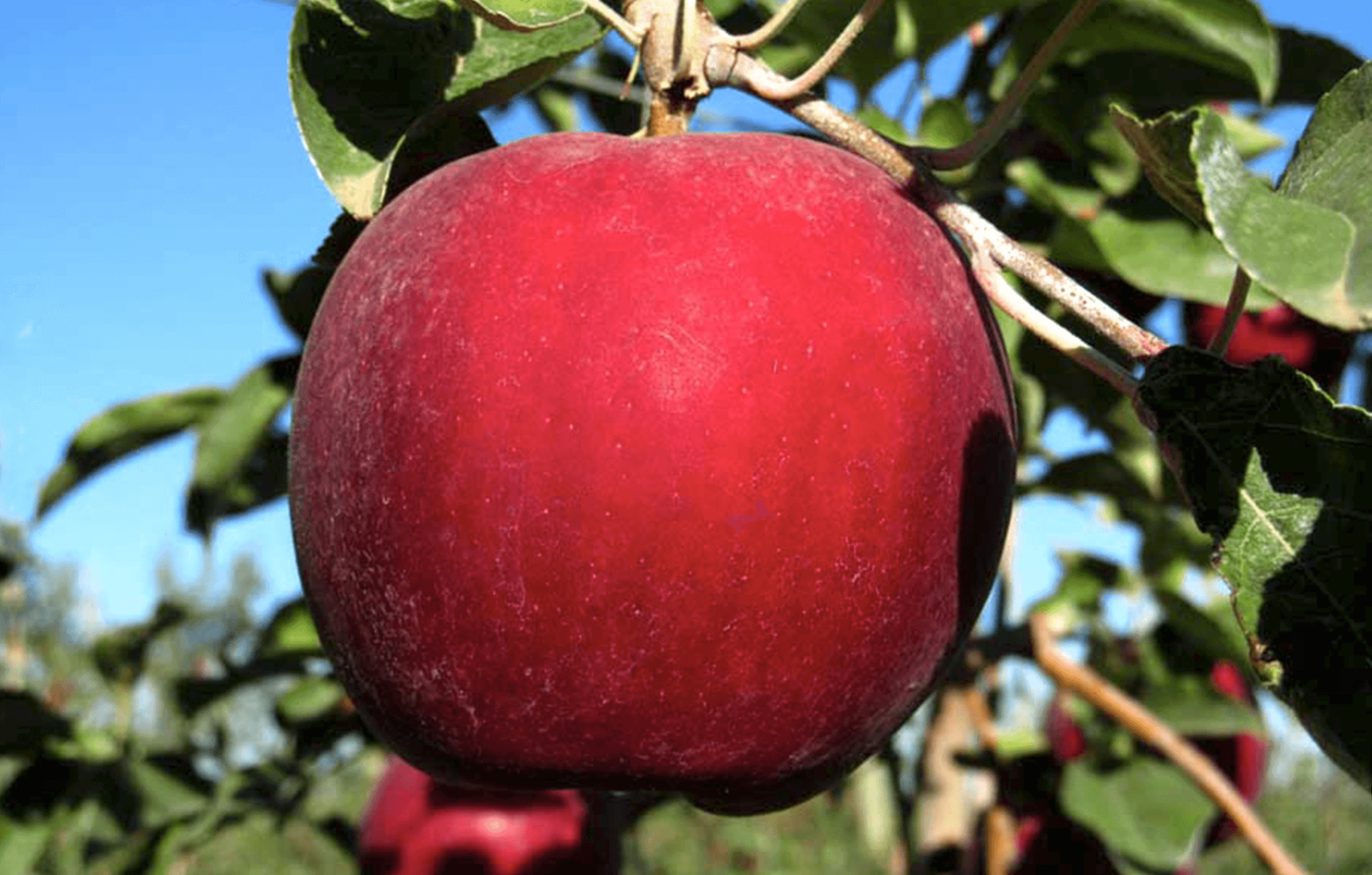
And while they taste similar to other sweet apples, the flesh breaks away cleanly and requires little chewing before breaking down into a pleasant, juicy experience. A few were bruised, but they were crisp and flavorful. Indeed, a sample of Cosmic Crisp apples sent to TIME was harvested last year and put into cold storage in March. That might make it popular with shoppers sick of throwing away uneaten fruit. Dan Pashman: Yeah, thats how long this apple has been in development. Flavor and texture aside, it’s also resilient, able to stay in good shape for up to 12 months after being harvested and put into storage. So the Cosmic Crisp was first developed by an apple breeder at Washington State University named Bruce Barrett. Washington apple growers will have exclusive rights to the Cosmic Crisp for 10 years.īarritt is bullish on the Cosmic Crisp’s commercial prospects. Unlike Gala and Fuji apples, which were developed outside of the U.S., the Cosmic Crisp was designed specifically to excel in Washington State’s climate, says Kate Evans, who took over the WSU program after Barritt retired in 2008. The Cosmic Crisp could be a lifesaver for Washington apple growers in particular. “Usually an apple comes along and gradually builds up in the market.” “This is the first time anyone has made such a concerted effort to develop a variety, release it and commit to such a large quantity,” he says. This apple could be a “game changer” for the industry, says Robert Crassweller, a horticulture professor at Penn State University. Twelve million Cosmic Crisp trees have since been planted, and 18 million pounds of the apples are set to ship across the country in December alone. About five years later, they saw the fruit that would become the Cosmic Crisp. “But one or two will be, and that’s how you come up with the Cosmic Crisp.” In 1997, the team made a cross of Honeycrisp and Enterprise apples that resulted in what they were looking for. Ooey gooey brie topped with sweet Cosmic Crisp® apples and crunchy walnuts will make your tastebuds sing with delight Visit our website for the recipe: l8r. Charcuterie lovers, this Walnut Crusted Brie will elevate your spread to the next level. Breeding began in 1997 at the Washington State University (WSU) Tree Fruit Research. The other, WA 2, failed to take off many blame the lack of marketing. “Less than 1% are any good,” Barritt says. cc./cache.aspxd4704832091917162&wN8PWL-KdLA9bgsZAPcPrVRQ627LjZkuW Remarkably Crisp, Sweet, and Unbelievably Juicy. Summary: Cosmic Crisp is an American apple with the variety designation ‘WA 38’. Cosmic Crisp, known originally as WA 38, is only the second commercially-released apple from the scheme. There they find the ideal climatic conditions and are grown in a socially. “There just isn’t another variety that has all three of those things at once,” he says.įunded by WSU and Washington apple growers, Barritt’s team spent years producing thousands of hybrid seeds, then sampling the resulting apples. Cosmic Crisp apples grow in Europe in South Tyrol - on the sunny side of the Alps. A dream apple so good it’s out of this world.


Texture and moisture are also key–you want a firm, crisp apple with a juiciness that renders the experience of eating it “very pleasant.” Barritt believes Cosmic Crisp is a triple threat. Imagine a large, juicy red apple that’s explosively crunchy and bursting with plenty of sweetness. "It looks really nice - it's a very pretty apple.“It’s when you get your teeth into the apple and you try to pull away and hear a cracking sound–an acoustic characteristic,” he says, describing what makes an ideal apple. "Enterprise was chosen really because of its appearance," Evans said on the podcast Sporkful (via Smithsonian Magazine).

So beat it, pumpkin spice, and take those Red Delicious apples with you. The Honeycrisp gave the apple crispness with a sweet flavor, and the Enterprise gave it a longer shelf life, as well as its gorgeous color. Cosmic Crisp apples are expected to start shipping from Washington state to supermarkets and other retailers on December 1. In 1997, they began by taking the best parts of Honeycrisp and Enterprise apples. The best alternative Washington farmers could see was to develop their own variety (via America's Test Kitchen).īruce Barritt, a horticulturist, and Kate Evans, a pome fruit breeder, decided to create an apple that was crisp while still firm and juicy. Honeycrisp apples quickly became popular, but to grow them, farmers in Washington had to get licensing or a membership to a grower's club, both of which were expensive. Then, in 1991, the Honeycrisp apple was released by the University of Minnesota. Their main variety was Red Delicious, but in the 1990s, Washington started losing market share for their apples to other varieties, such as Fuji and Gala. The Cosmic Crisp apple is a variety that was developed in Washington State, which is the largest producer of apples in the U.S.


 0 kommentar(er)
0 kommentar(er)
